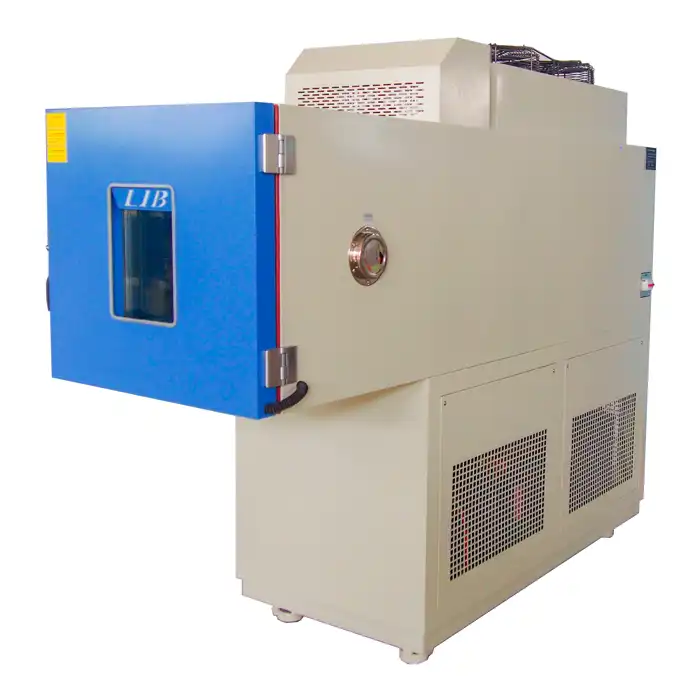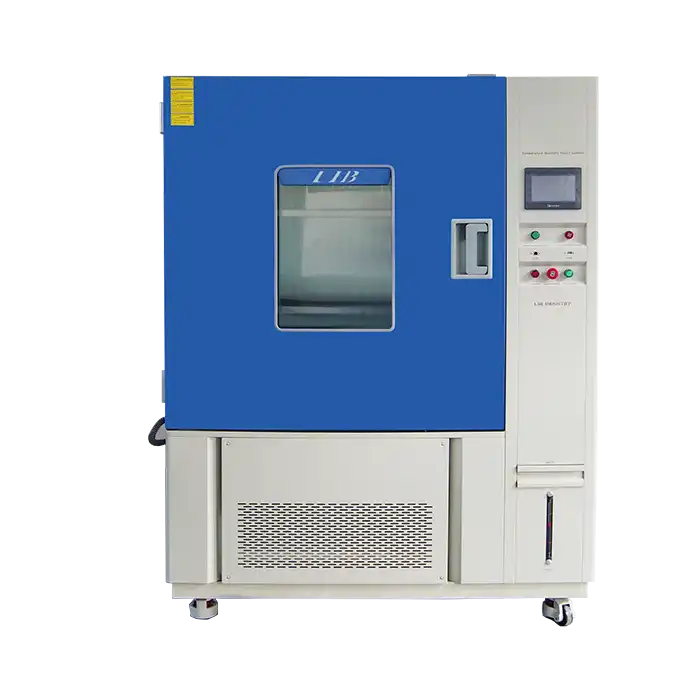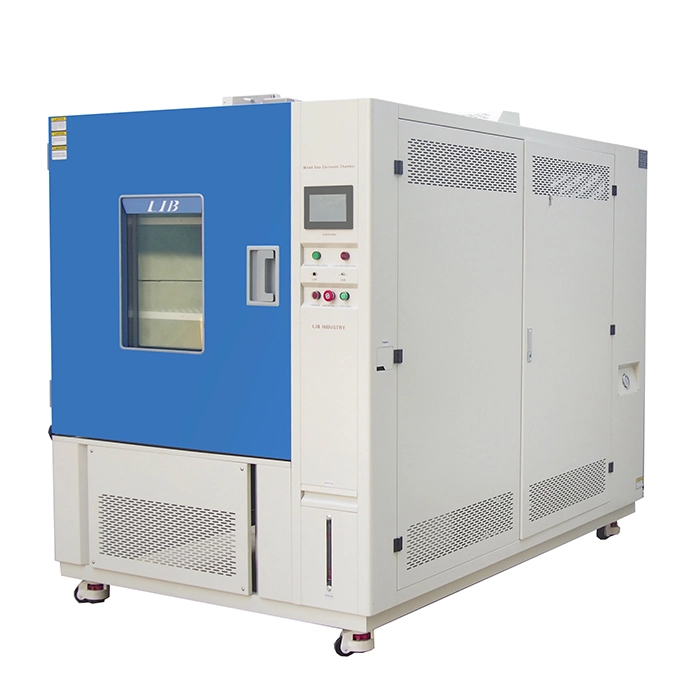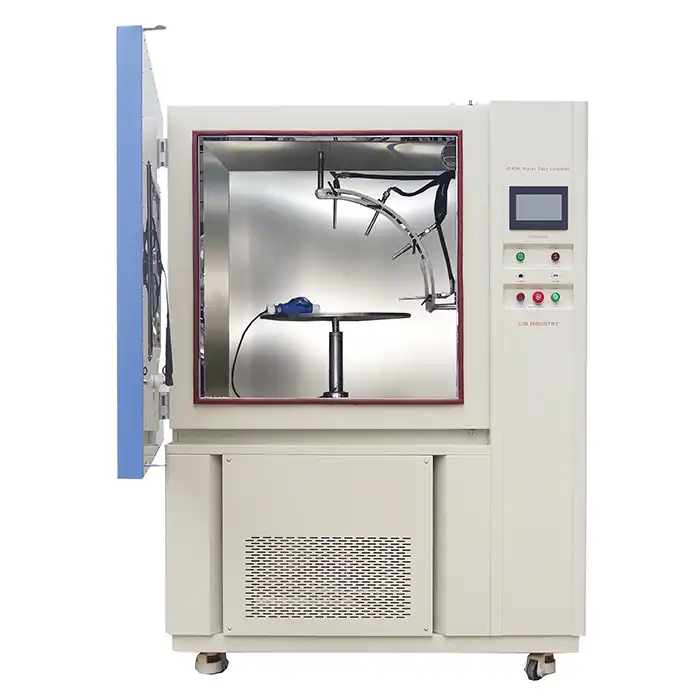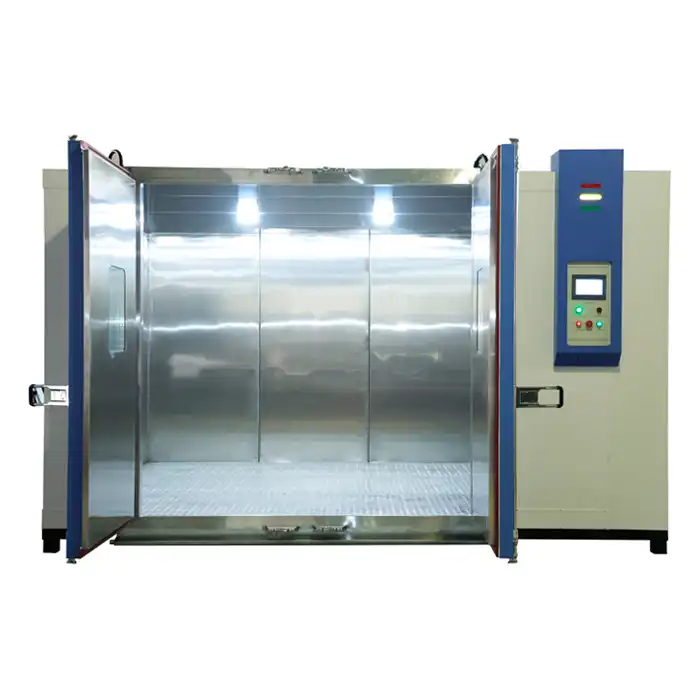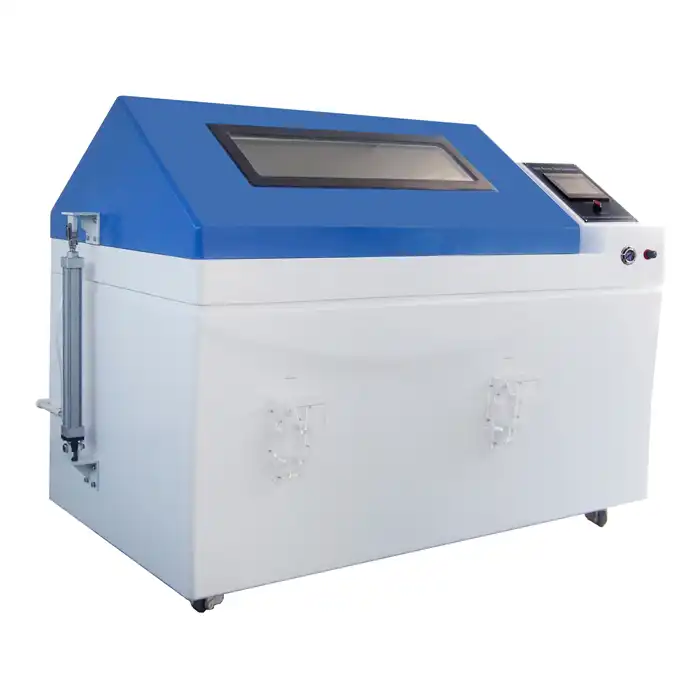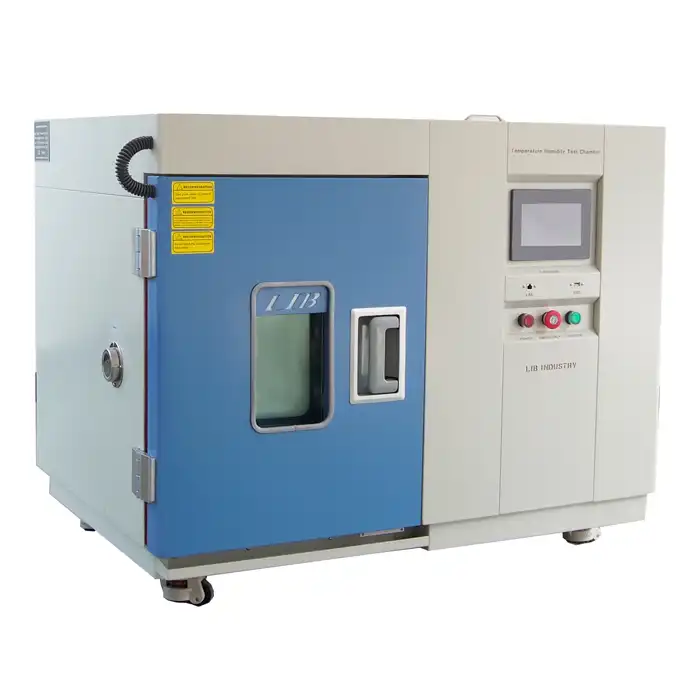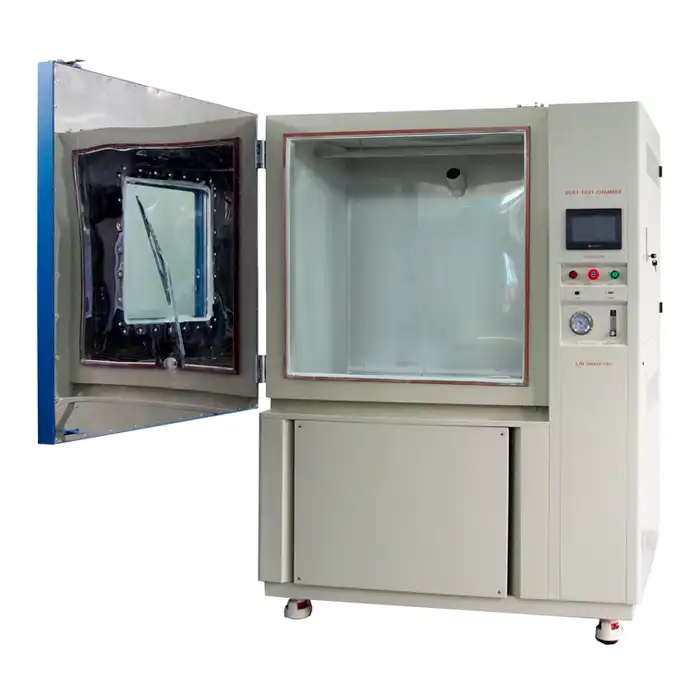How Salt Mist Chambers Work?
Understanding how salt mist chambers work is essential for industries that require reliable corrosion testing to evaluate the durability of materials in harsh environments. These chambers simulate the effects of salt-laden air, helping manufacturers assess the longevity of their products under extreme conditions.
Understanding the Core Mechanism: The Basics of Salt Fog Generation
Salt mist chambers, also known as salt spray chambers, operate by creating a controlled environment that mimics the corrosive conditions found in marine or industrial settings. The core mechanism involves atomizing a solution of salt and water into a fine mist or fog, which is dispersed within the chamber.
This salt-laden fog settles on the test specimens, exposing them to prolonged corrosion. By replicating these conditions, industries can evaluate a material's resistance to rust, erosion, and overall degradation. The precision of this process ensures consistent results, making salt mist chambers indispensable for quality control and product development.
Critical Components: Inside the Structure of a Salt Mist
Salt mist chambers consist of several key components that work together seamlessly to generate a controlled testing environment:
- Atomizing Nozzle: The heart of the chamber, responsible for converting the salt solution into a fine mist.
- Test Chamber: A sealed enclosure that houses the specimens and maintains a stable environment.
- Reservoir: Stores the salt solution, which is precisely mixed for uniform results.
- Heating System: Regulates temperature, ensuring the chamber operates at the required conditions.
- Air Compressor: Supplies pressurized air to drive the atomizing nozzle and maintain fog circulation.
These components are designed to meet international testing standards such as ASTM B117, ensuring accurate and reliable corrosion testing across a wide range of industries.
Temperature, Humidity, and Salinity: Key Factors Driving Corrosion Testing
Corrosion testing in a salt mist chamber depends on three critical variables: temperature, humidity, and salinity. Each plays a vital role in simulating real-world conditions and influencing test outcomes:
- Temperature: Maintaining consistent temperatures (usually between 35°C and 50°C) accelerates the corrosion process, allowing manufacturers to assess long-term durability in a fraction of the time.
- Humidity: High humidity levels amplify the corrosive effects of salt, creating a moisture-rich environment that mirrors marine or coastal conditions.
- Salinity: The concentration of salt in the mist is meticulously calibrated. For example, a 5% NaCl solution is commonly used to simulate oceanic conditions.
A controlled balance of these factors allows industries to evaluate how metals, coatings, and other materials perform under extreme stress. For instance, automotive manufacturers test vehicle components to ensure they withstand years of exposure to road salt and humid climates. Similarly, electronics companies assess how protective coatings guard against corrosion in coastal installations.
Control and Calibration: Ensuring Accurate and Repeatable Test Conditions
Precision control and regular calibration are essential for ensuring the reliability of salt mist chambers. Modern chambers are equipped with advanced control systems that offer:
- User-Friendly Interfaces: Digital displays and programmable settings for accurate adjustments.
- Automated Monitoring: Sensors to track and regulate temperature, humidity, and salinity throughout the testing process.
- Calibration Protocols: Regular inspection and calibration of components like atomizing nozzles and temperature sensors ensure compliance with international standards.
For example, LIB's salt mist chambers feature cutting-edge controllers that allow operators to customize test conditions with ease. This level of precision ensures repeatable results, which are critical for industries like aerospace, where material failure can have catastrophic consequences.
LIB Salt Mist Chamber
LIB stands out as a trusted manufacturer of salt mist chambers, offering advanced solutions tailored to meet diverse testing requirements. Here's why LIB's chambers are a top choice:
- Durability: Built with high-quality materials, LIB chambers are designed to withstand prolonged use in demanding environments.
- Customizable Features: From adjustable test conditions to chamber sizes, LIB provides options to suit specific industry needs.
- Compliance with Standards: LIB salt mist chambers meet globally recognized testing standards, including ASTM B117 and ISO 9227, ensuring reliable and accurate results.
- Easy Operation: Equipped with intuitive control systems, LIB chambers simplify test setup and monitoring, making them accessible for operators of all skill levels.
- Comprehensive Support: LIB offers turnkey solutions, including installation, training, and after-sales service, ensuring customers receive end-to-end support.
Whether you're in the automotive, aerospace, or electronics industry, LIB's state-of-the-art salt mist chambers provide the reliability and precision needed to evaluate material performance under corrosive conditions. For more information or to inquire about our products, contact us at ellen@lib-industry.com.
References
1. ASTM International Standard B117: Practice for Operating Salt Spray (Fog) Apparatus.
2. ISO 9227: Corrosion Tests in Artificial Atmospheres - Salt Spray Tests.
3. Corrosion Science Journal - Studies on Accelerated Corrosion Testing in Simulated Environments.
4. Materials Performance Magazine - Advances in Corrosion Testing Equipment.



